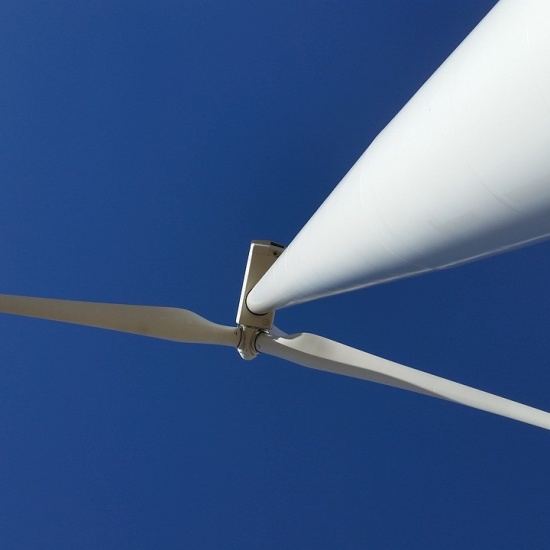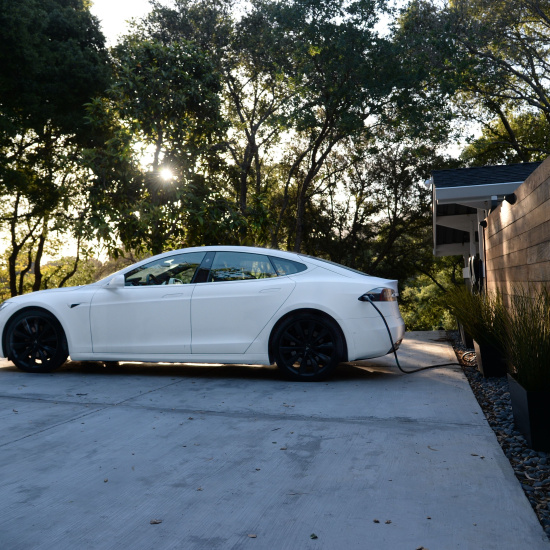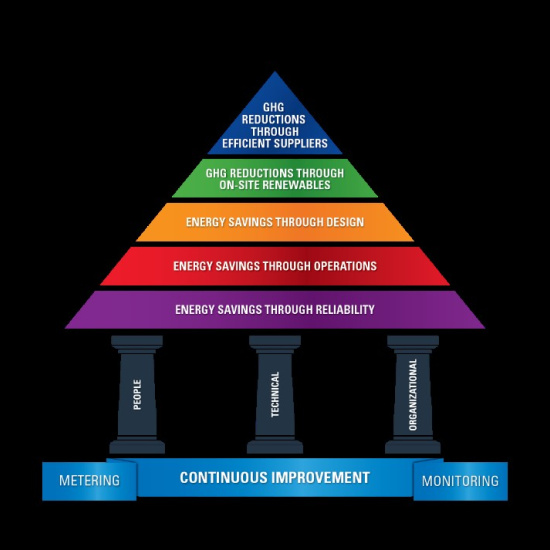The value of a home energy upgrade
Interested in learning more about the 'value' of a home retrofit and why it should outweigh the cost, especially when it comes to the lifetime benefits you can expect.
In a previous blog post I focused on the cost of retrofitting, the factors that impact on cost and SEAI's experiences of and knowledge in this area. Recently there have been several articles in the media looking at the cost of retrofit and while they are in the main factually accurate and informative, I believe they may be doing their readers a slight disservice by focusing exclusively on 'cost' and not highlighting sufficiently the 'value' or 'benefit' of retrofit.
The value of retrofit - two perspectives
From my perspective the 'value' of retrofit is best considered from two perspectives, from that of the individual home and from a societal level. At the individual home level, retrofitting your home makes it more comfortable. Quite the profound statement, I hear you say! What does comfort even mean, it is a very subjective concept. The Oxford Learner Dictionary defines comfort as 'the state of being physically relaxed and free from pain; the state of having a pleasant life, with everything that you need'.
From my perspective comfort in the context of retrofitting suggests the house stays warmer for longer, it has a steadier temperature, less draughts, and all likely for reduced running cost. Comfort also comes from the convenience of running a more efficient home with intelligent controls. All of the above factors of 'comfort' are very subjective and hard to accurately quantify, so if you will indulge me as I substitute the subjective word 'comfort' with some objective science on the matter which might be more accurately called 'health and wellbeing'.
Evidence based
First it is important to note that accepted wisdom is that us modern humans spend 80-90% of our time indoors with almost two thirds of this in the home and another 6% is spent in cars. (learn more here). In a 2018 review of the Lambeth Housing Standards Programme (LHS) the question 'does the LHS have a positive impact on the health and security of tenants of Lambeth Council in London' was asked. Several different elements were examined in the study including, including warmth and comfort, safety and security and modernisation of the homes. The study found that the investment in energy efficiency "will produce £78 million of social benefits accounted for by induced reductions in cardiovascular and respiratory illnesses, cold home related falls and especially mental illness associated with fuel poverty". Further the evidence showed that excess cold has a significant impact on health, primarily heart disease, a finding supported by a significant Sottish study published in the International Journal of Cardiology (Link) which showed that people living in cold conditions (<180C) are more than twice as likely as the general population to suffer from high blood pressure - which is a risk factor for heart disease.
Closer to home public health experts in the London School of Tropical Medicine and Hygiene have just completed a report on SEAI's Warmth & Wellbeing study. Between 2016 and 2020, the SEAI Warmth and Wellbeing pilot scheme installed energy efficiency measures in the homes of people with chronic respiratory conditions living in parts of Dublin. Almost 1,000 people participated in the study and amongst the main findings were statistically significant improvements in general health across most dimensions of standardised health survey instruments used in public health assessment. These included measures of physical, mental and psycho-social health, including reduced respiratory symptoms and pain, improved physical functioning, and reduced anxiety and depression. Again, the scientific evidence shows it works.
To return to the primary argument of the fella who knows the 'cost of everything and value of nothing', I think the evidence is clear that are much wider benefits to retrofitting your home than just the financial savings which may accrue from lower energy bills. In fact, given scope of the health benefits alone there is an argument that the wider benefits of retrofitting your home are actually more important than the costs of doing it.
And I have not even touched on the increase in the value of your home from undertaking a retrofit, which according to a research report by the ESRI undertaken in 2014 showed that "relative to D-rated properties, otherwise comparable A-rated properties receive a sales price premium of 9.3%". Given the changes in the property market and focus on energy efficiency in the last decade this premium is likely to have increased. This differential in the value of energy efficiency homes is also underpinned by differences in mortgage rates with many banks now offering 'green mortgages' which attract a preferential interest rate for energy efficient homes.
Societal benefits
Reduction of CO2 emissions
Now I would like to touch on the wider societal benefits of retrofitting. I say 'touch on', because there are so many societal benefits to retrofitting your home that each would happily fill a blog on their own.
First and foremost is the reduction in greenhouse gas emissions. Government support to retrofit your home is undoubtedly a good thing and, as demonstrated above, significantly improves the overall health and well-being of individual homeowners and by extension the population. But the reduction in greenhouse gas emissions from the built environment sector is one of the primary reasons for the existence of the SEAI grant programmes. Ireland has a target of reducing greenhouse gas emissions by 51% by 2030 relative to 2018 reference levels. The residential sector accounts for approximately 15.5% of energy related CO2 emissions, and put simply, we will not achieve the overall CO2 emission reduction target if we do not achieve the targets for each individual sector, of which the built environment is one. The reason we have this target is to ensure Ireland achieves its international commitments to reduce GHG emissions to support the temperature goal of "collectively holding the global average temperature increase to well below 2oC above pre-industrial levels while aiming to limit it to 1.5oC" as enshrined in the 2015 Paris Agreement. This all sounds very official but basically, it's to stop the planet boiling! Every homeowner who decides to retrofit their home not only benefits themselves but also benefits society by helping to reduce overall GHG emissions.
Job creation
In addition to the absolute need to decarbonise the residential sector if we are to have any prospect of achieving our statutory CO2 emission reduction targets, there is also a wonderful opportunity to build a new industry, or to be slightly more precise, exponentially grow an existing industry. I know people have been working in the retrofit sector for a long time, but what is new here is the scale of the ambition.
State investment
€8 billion in State support will be provided to upgrade 500,000 homes to a BER of B2/cost optimal level by 2030, and then onwards towards net zero in 2050. Importantly this €8 billion in State support will leverage a significant additional amount of private capital, homeowners making their own contributions to upgrade their homes, and business capital, industry scaling up to meet the demand. This State investment has the potential to create thousands of direct and indirect support jobs in the wider retrofitting industry. This is not just a lofty ambition but rather a necessity to achieve the stretched targets outlined in the National Residential Retrofitting plan. And the best part, these jobs will be located in communities all over the country, not just the main cities.
Reduced public expenditure, energy security, and improved health and well-being
Job creation is only one of the wider societal benefits of retrofitting. Others include reduced public expenditure on energy, increased population health and wellbeing, increased asset values and poverty alleviation. One must also not ignore the extremely volatile geopolitical situation we are now living in. Immediately after the invasion of Ukraine, Ireland and Europe experienced an energy crisis brought on primarily by the invasion. Increasing the energy efficiency of our homes and heating them with a decarbonised heating source (heat pumps) powered by domestically generated renewable energy (wind, solar, hydro) will assist in improving energy security, another societal benefit of retrofitting.
I would like to conclude by returning to the original thesis of the cost and the benefits of retrofitting a home. It costs money, in many cases quite a lot of money, but we need to consider in more detail the 'value' or benefit of retrofit, which is often much harder to quantify. It reminds me a little of the Electric Vehicle purchasing decision. The upfront, 'visible' cost of buying an EV may be higher than a comparable petrol or diesel vehicle, but that is not the comparator. It is the Total Cost of Ownership (TCO) i.e., the cost of owning and running an EV over its full life cycle which should be compared with a petrol or diesel vehicle, this is where the 'hidden benefits' come into play. The exact same visible cost v. hidden benefit equation applies to the home retrofitting decision.
Learn more about the grants available for a home energy upgrade



